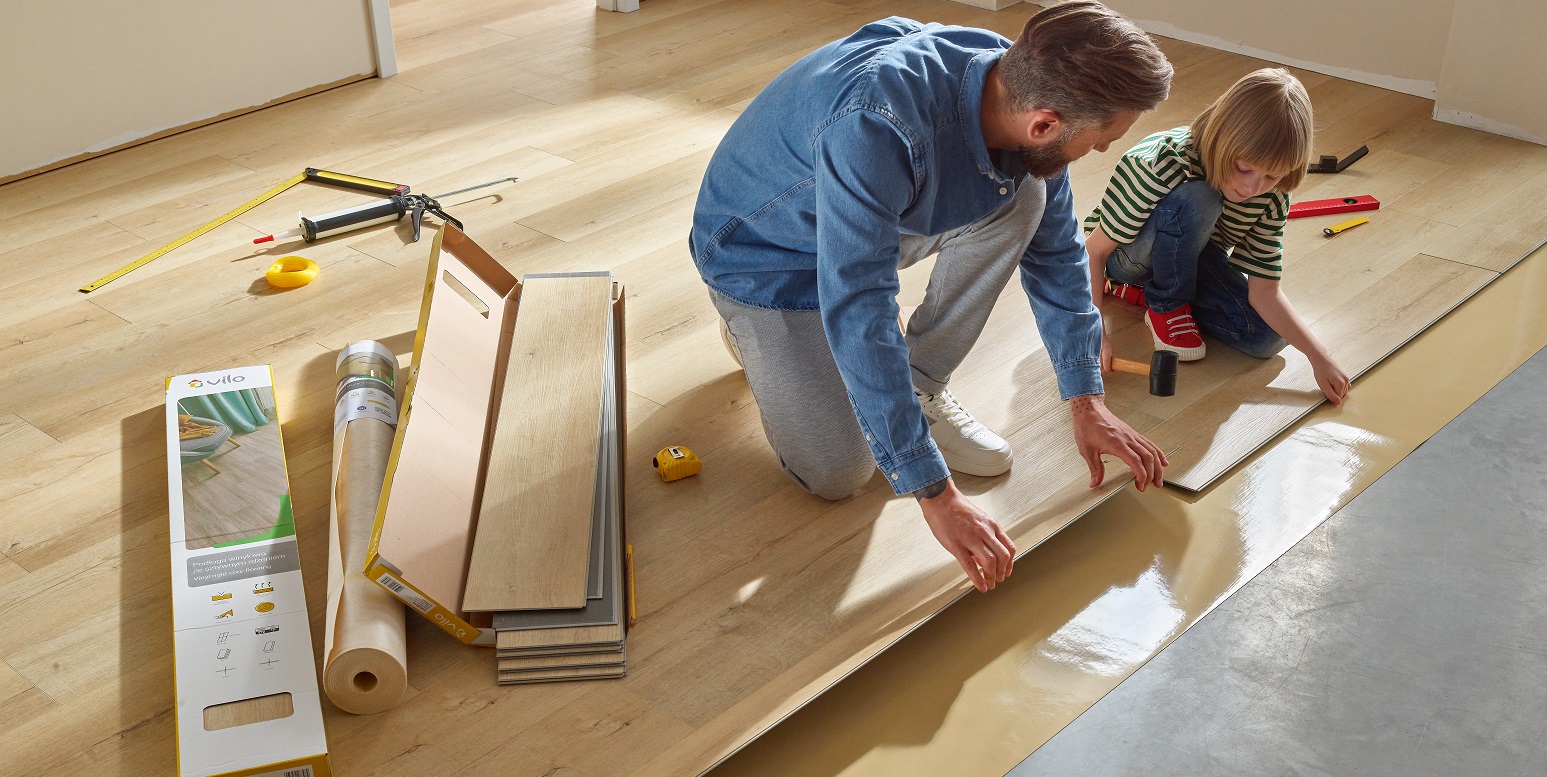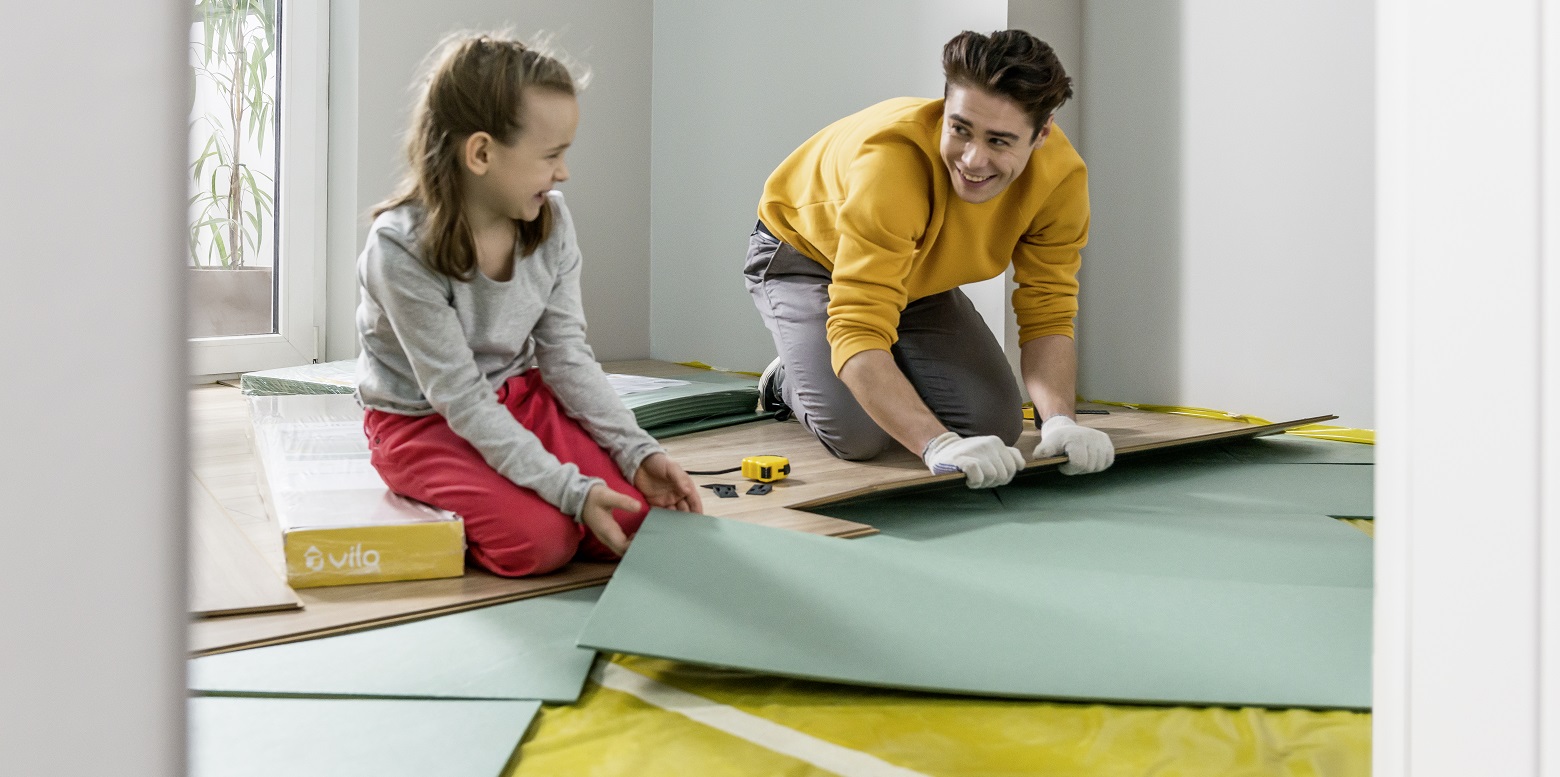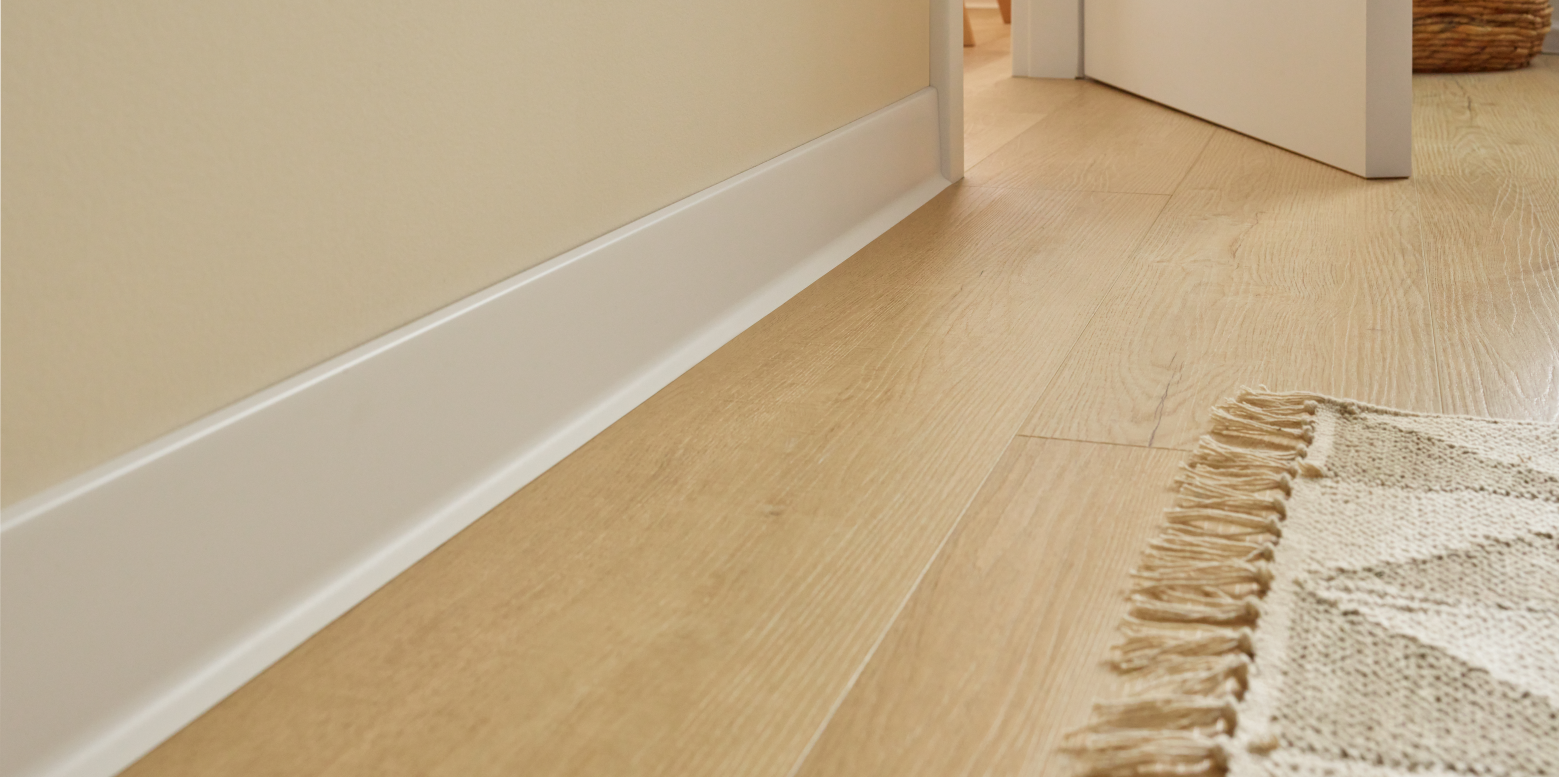
Expansion Joints – What Are They? When Are They Used?
You heard the phrase “expansion joint” during a renovation involving floor replacement, but you didn’t really get what it means? Or maybe you heard someone talking about floor movement, and you’re wondering how a floor could possibly move? Expansion joints are closely associated with various areas of construction and interior finishing. Different types can be discussed, but we will focus on expansion joints for floor finishing. Read this article to learn for what purpose and where expansion joints are used, as well as how to mask them.
What Are Expansion Joints?
The general definition of an expansion joint is that it is a deliberately created gap between two structures or individual elements of a structure that are close together. This makes them more resistant to deformation and stress that can be caused by various external factors. Expansion joints between individual building elements help avoid stress and deformation of materials, e.g., due to uneven settlement.
Factors that can contribute to the deformation of parts of buildings, as well as the materials they are made of, include temperature and humidity.
We encounter different types of expansion joints every day, not only in our homes. Indeed, there are several types of this solution:
building expansion joints – these are most often used for individual elements of a building to avoid the stress associated with building statics. They can be useful, for example, when new elements, so-called extensions, are added to an existing structure;
thermal expansion joints – used where varying temperatures can affect the size of the material used. They reduce the risk of stress and warping of individual structural components. Railways are an excellent example. The next time you’re on a train and you hear a distinctive knocking sound, it is most likely that the wheels of the train have passed over a gap in the rails. It is there to ensure that the tracks do not deform and the train does not derail as a result of the expansion of the metal components;
material expansion joints – used in order to avoid deformation of materials used for specific elements of a building, including some materials used for interior finishing. Concrete screeds are a good example;
anti-vibration expansion joints – these are used to eliminate the effects of various types of vibration and shocks that can cause damage to buildings. They are usually found in buildings erected in earthquake-prone regions, but they are not uncommon in buildings erected near mines and in production halls with large machines that generate strong vibrations.
Why Are Expansion Joints Used When Finishing Floors?
In the case of floors, the above-mentioned external factors, including temperature and humidity, cause the material to expand or contract. The expansion and contraction of the flooring material is commonly referred to as floor movement.
Floor expansion joints are made at both the construction and finishing stages. Expansion joints are recommended for virtually every type of floor and finish. Underfloor heating in the room is an additional factor that determines whether or not expansion joints should be made. This is because, when exposed to heat, many flooring materials begin to “move”.
Expansion joints are also recommended for large floor areas. However, this is not usually necessary in standard rooms. Remember that expansion joints should be made not only in floors in the interiors, but also in areas such as terraces and balconies.
Note that a properly executed expansion joint will not only affect the strength of the materials and the floor itself, but also its appearance. This will minimise the risk of ceramic tiles cracking or chipping, as well as scratching on walls or bumps in panels and boards. As far as panels are concerned, there is also a danger of locks breaking. So if expansion joints are not made or if they are made improperly, certain elements of the floor may become damaged. In extreme cases, the entire floor surface may need to be replaced.

The Right Way To Lay The Floor – What Expansion Joints Should I Make?
Note that the expansion joint is usually made along the perimeter of the floor, i.e., where it meets the wall, and also at the doorways. It is worth noting, however, that for very large areas, expansion joints should also be made to divide the floor into smaller parts that can move independently of each other. This will reduce the risk of tension building up in the centre of the surface. Usually, the material manufacturer will specify the area above which an additional expansion joint is required.
The type of finishing material, as well as the manufacturer’s recommendations, will determine how the expansion joint itself is made. The perimeter expansion gap should be approximately 10 mm. This recommendation applies to most types of finishing materials, especially laminate or vinyl flooring. The Vilo rigid-core vinyl panels can serve as an example here. Note, however, that if you’re using other materials or finishing a larger area, you may have to increase this distance. Remember also that the perimeter expansion joint made for panels is not filled with anything (see below for information on how you can mask it). It’s different with screeds or walls where the expansion joints do require special filling.
The ambient temperature during the laying is also important. If you want to reduce the risk of deformation caused by floor movement, follow the manufacturer’s recommendations carefully. For laminate and vinyl panels, it is recommended that the work be carried out in temperatures between 15 and 24 degrees Celsius.
How Do You Mask an Expansion Joint?
To help you finish the joint between wall and floor, skirting boards are made in such a way as to cover up expansion joints. They are available in a wide range of colours, milling, and patterns. See Vilo skirting boards. This ensures that you can match them perfectly to both the colour of the floor and other elements in the room. As you can see, there is nothing to be afraid of when it comes to expansion joints. Make them so that you can enjoy a floor that will retain its properties for many years to come, despite the changing conditions inside your house or flat.
